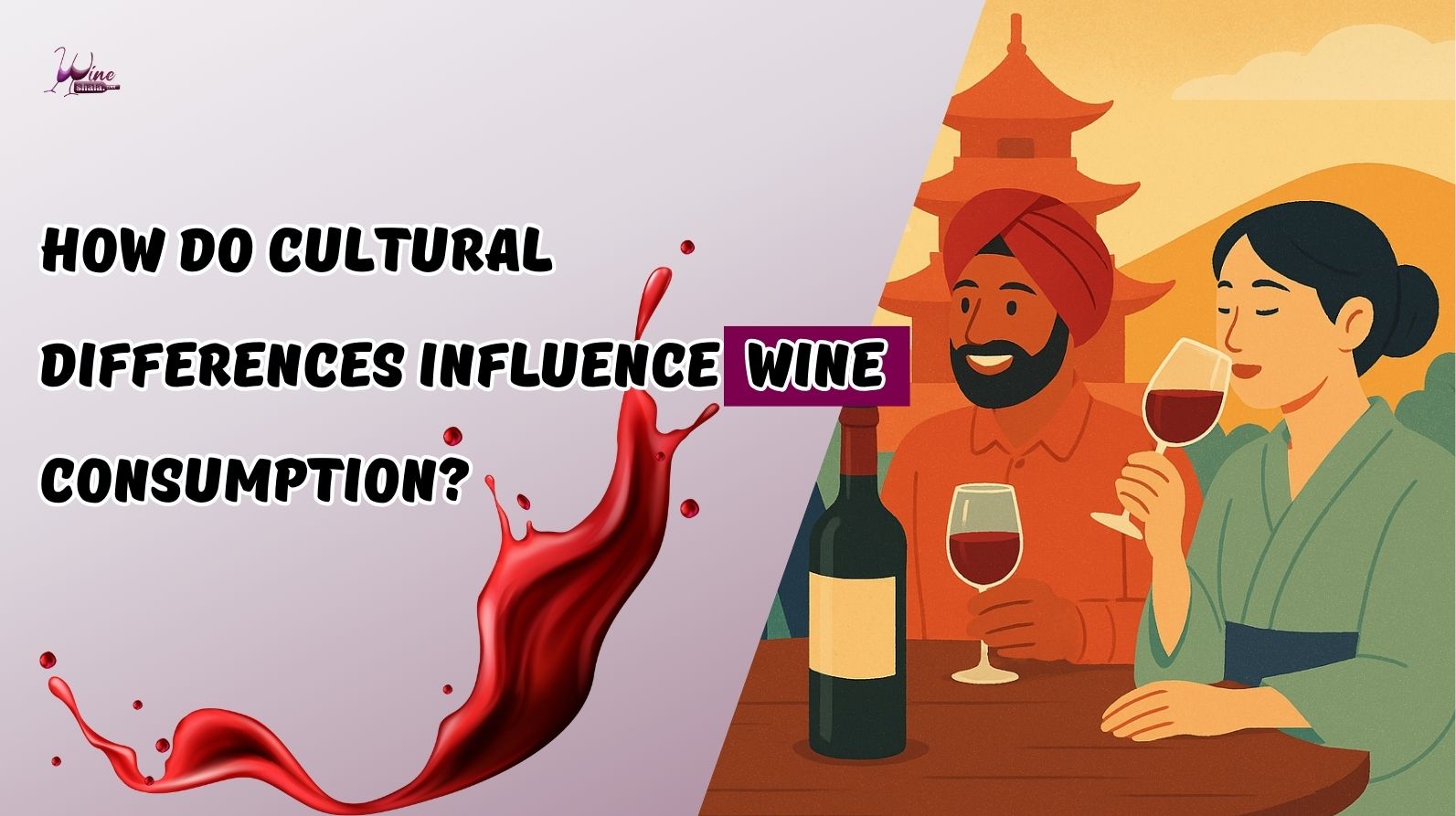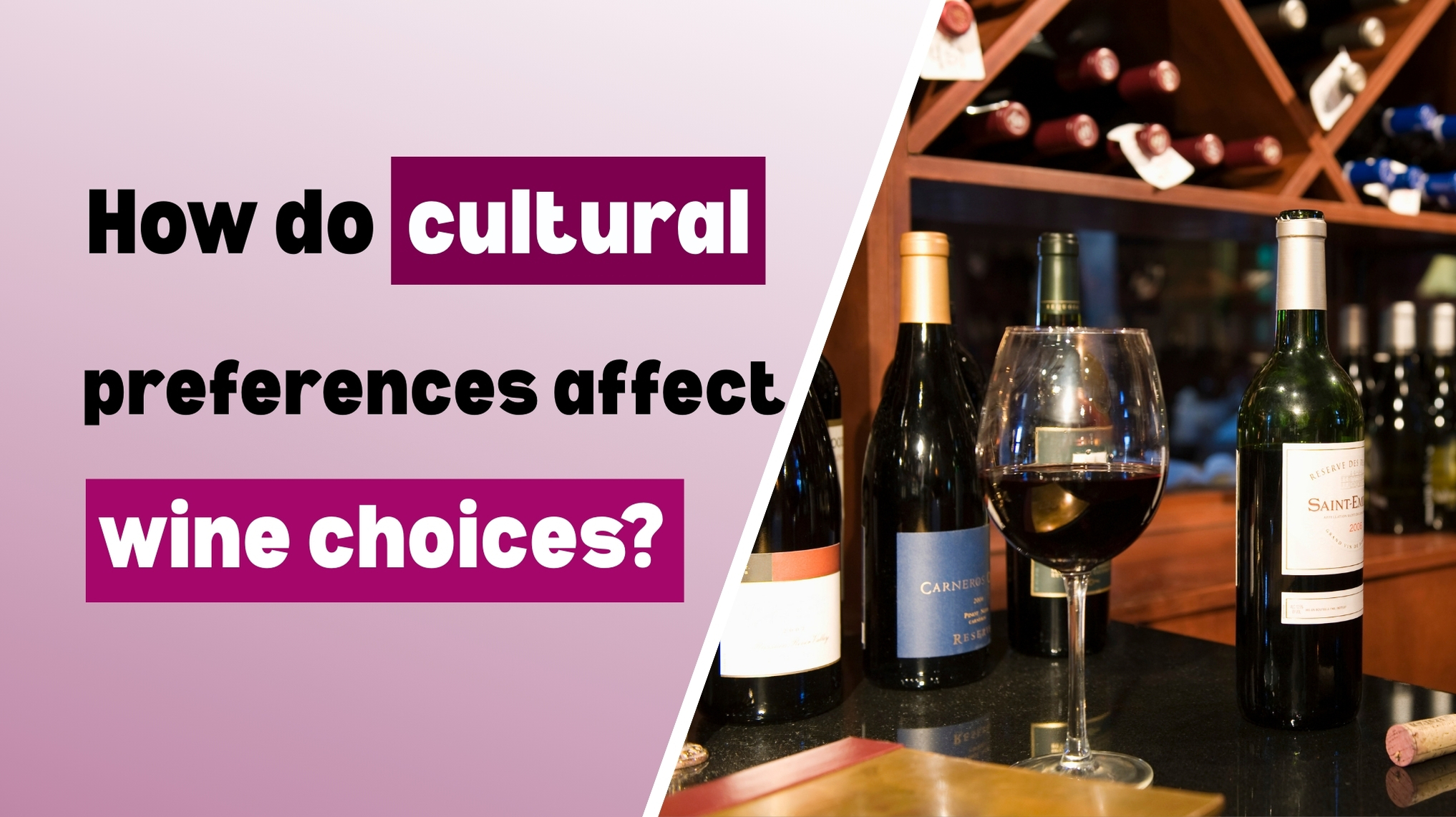How Cultural Differences in Wine Consumption Shape Global Wine Trends

Wine Consumption Shape Global Wine Trends
Wine is more than just a beverage—it’s a reflection of culture, tradition, and social connection. From sipping Chianti at a family dinner in Italy to enjoying a glass of Shiraz with friends in Australia, wine plays a unique role around the world. Cultural differences in wine consumption influence how wine is produced, sold, and enjoyed, and understanding these differences is key for wine lovers, marketers, and industry professionals.
Wine as a Cultural Symbol
In countries like France, Italy, and Spain, wine isn’t just a drink—it’s part of their identity. These regions have deeply rooted wine cultures where traditions are passed down through generations.
France: Wine is closely tied to the concept of terroir. Consumers care deeply about the origin and traditional methods of winemaking, preferring bottles from prestigious regions like Bordeaux and Burgundy.
Italy: Wine is part of everyday meals, seen as an essential component rather than a luxury. Enjoying a glass of wine with lunch or dinner is common.
Spain: Wine is social and often enjoyed with tapas. Famous regions like Rioja and Ribera del Duero define much of Spain’s wine reputation.
In contrast, emerging wine markets such as China and India are seeing wine as a symbol of modern lifestyle, success, and sophistication—especially among the younger, urban population.
Taste Preferences by Region
Cultural differences in wine consumption extend to taste preferences:
Asia: Sweeter wines and soft, fruity reds are more popular. Red wine is often associated with health and celebration.
Europe: Traditional dry wines are favored. Mediterranean countries value acidity and subtle complexity in both red and white wines.
North America: Bold, fruity wines dominate, with California Cabernet Sauvignon and Zinfandel leading the way.
South America: Full-bodied wines like Argentina’s Malbec and Chile’s Carmenere are loved for their rich flavors and food-friendliness.
These preferences drive not only what is produced but also how wines are marketed in each region.
When and Why People Drink Wine
Understanding wine consumption habits by culture helps tailor marketing and production:
France and Italy: Wine is enjoyed with meals, emphasizing moderation and tradition.
UK and Australia: Wine is commonly consumed in casual social settings, making affordable and approachable wines popular.
China and India: Wine is often consumed at weddings, business banquets, or formal gatherings. Red wine is especially popular during celebrations due to its symbolic association with good luck.
Wine Education and Accessibility
In traditional wine countries like Argentina or France, people grow up surrounded by wine culture. They know how to read wine labels and understand wine terms. In contrast, in newer markets, lack of education can make wine feel intimidating.
That’s why simple wine education, clear labels, and beginner-friendly tasting events are crucial to building consumer confidence in these regions. In such places, packaging, branding, and visual appeal often play a larger role in purchase decisions.
Religion and Social Norms
Cultural beliefs and religion also shape how wine is consumed:
Islamic Countries: Alcohol is often restricted. Even where it's legal, social norms may discourage its use.
India: Alcohol laws differ by state, influencing availability and consumer habits.
Christian Countries: Wine is often tied to religious rituals, especially in Catholic and Orthodox communities, giving it a sacred significance.
Wine producers must consider these beliefs when marketing their products globally.
The Power of Packaging and Branding
Packaging speaks volumes in many markets. Cultural preferences in wine packaging vary widely:
China & India: Luxurious bottles and elegant gift boxes appeal to status-conscious buyers.
Scandinavia: Eco-friendly materials and transparent labeling attract environmentally aware consumers.
USA: Younger generations love bold, creative designs and value sustainability—organic and vegan labels are strong selling points.
Gender and Wine Consumption
Cultural differences in wine consumption by gender also shape marketing strategies:
Japan & Korea: Wine is popular among women and seen as a chic, modern choice.
Latin America: Beer and spirits are more traditionally male beverages, but younger men are shifting toward wine.
Western Countries: Wine is enjoyed by all genders, but lifestyle branding often targets women through themes like self-care and sophistication.
The Rise of Global Wine Culture
Globalization is bridging wine cultures. As people travel and connect through social media, they explore wines from different regions and pair them with fusion cuisines.
Online wine stores and virtual tastings introduce international wines to new audiences.
Younger drinkers in Asia and Africa see wine as a fashionable, aspirational product.
New wine pairings—like wine with sushi or spicy curries—are growing in popularity.
This global movement is creating fresh opportunities for innovation in the wine world.
Conclusion
Cultural differences in wine consumption shape everything from flavor preferences to packaging design and marketing strategies. As wine becomes more global, understanding these cultural nuances is vital. Whether you're a casual drinker or in the wine business, appreciating how wine is woven into different societies helps deepen your connection with the drink—and the people who enjoy it.










